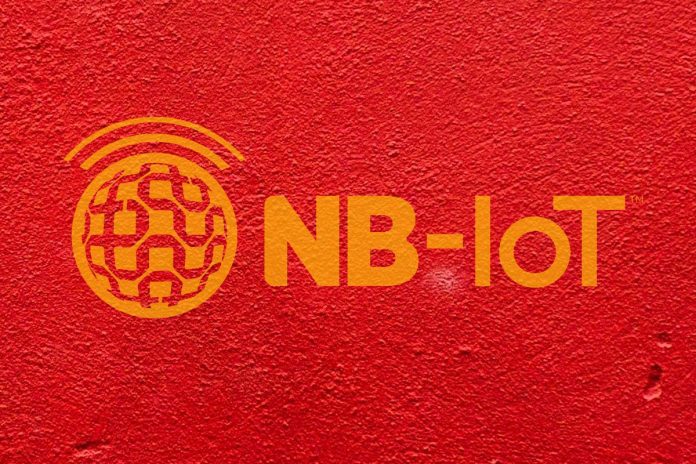The China model for NB-IoT – state-sponsored incentives, flat-rated airtime pricing, commoditization of hardware – is not all it is cracked up to be, reckon some. Market stats, from various analyst groups, suggest the lion’s share (anecdotally, 90-95 percent) of the NB-IoT market, as it is today, exists in China. “Yes, and zero percent of the profits,” responds Svein-Egil Nielsen, chief technology officer at Nordic Semiconductor.
“No one is making money in China,” he says. Nielsen has a justifiable reputation in the market as a straight talker. Speaking for a new Enterprise IoT Insights editorial report on the state of the global NB-IoT market (out next week, check back here), and in an attendant webinar session on the same subject (from last week, available here), he says the Chinese example should be a cautionary tale, for NB-IoT hardware providers, in particular.
The temptation to show the China model to the rest of the world – as the way for the cellular IoT market to jump in Europe and North America, and other major markets struggling to make NB-IoT add up for enterprises – is wrongheaded, he says. “That is the learning from China – that no one has made money. Which you shouldn’t copy, ever. China commoditized NB-IoT to the extent the profit vanished from the market.”

Nielsen explains: “The incentives and specifications that went into the NB-IoT market in China mean every water meter looks exactly the same. They are building to the same spec – they should be with this standard, and perform like this and this, and be pin-compatible. So you can plug-in modules from any vendor. That doesn’t do anything but drive commoditization. In the end, the only difference [between NB-IoT modules] is the price.
“So China went very quickly to zero profits, and very low cost and very little value. So I don’t think China is a good example of how to do things. Maybe it made sense in China, which just wanted to get the price down on water meters. Maybe that was the thing to do. But the market hasn’t come out of it any more robust or innovative.”
In a parallel conversation, for the same report, rival chipmaker Sequans suggests China broke the technology, in the other way, innovating not only with flat-rate data plans, even rolling them in with module costs to establish singular lifetime pricing (“10 bucks all-in – for hardware and connectivity), but with brand new IoT applications, often by virtue of the rock-bottom pricing. For the end-user market, and for the technology at large, the China story worked, the message goes.
But Nielsen says China went too soon and too fast with NB-IoT. Other major cellular markets – Europe, and North America to a lesser extent – are now bringing the noise, even if they are late to the party, as always, and the likes of Sigfox and LoRaWAN have had the floor largely to themselves. “They might have thought about the business case, but they just made it an unattractive place to do business,” he reflects.
But, hang on; the message, generally, is that Europe, and everywhere else, has dragged its heels on NB-IoT. The case put forward by Sequans, and others besides, is that hardware providers in these parts have held up their ends of the bargain, and innovated to bring costs down to around $5 per module and to integrate dual-mode connectivity (about $7) with LTE-M to patch-up scanty global cellular IoT coverage.
And that the carriers have had their heads turned by 5G, and brains scrambled by LTE-M, and have categorically failed to distinguish NB-IoT as a technology, and tailor pricing for the kind of rock-bottom sensor applications it supports. Until now, anyway; the likes of Vodafone and BICS, at least, appear to have it cracked, finally. Nielsen agrees with the sentiment, and the frustration that hardware makers have done most of the donkey work on NB-IoT.
But he says business is business, and Nordic Semiconductor is not prepared to do bad business in China. “If you want to go after water meters in China with NB-IoT, you are not going to make any money. And as a publicly traded company in Norway, that precludes us entering that market. We don’t want to do a pin-compatible product that competes with a manufacturer that doesn’t need to report profits to shareholders.”
At the same time, he is defensive of the European delay with NB-IoT, at least the notion the market in general has ‘dragged its heels’. “There is this thing that Europeans have a different mindset somehow, but I am not sure they are dragging their feet necessarily; it is just that things take time,” he reasons. “The thing is people want to make money. Which is somehow forgotten. And that applies to carriers, and it applies to vendors like ourselves.”

